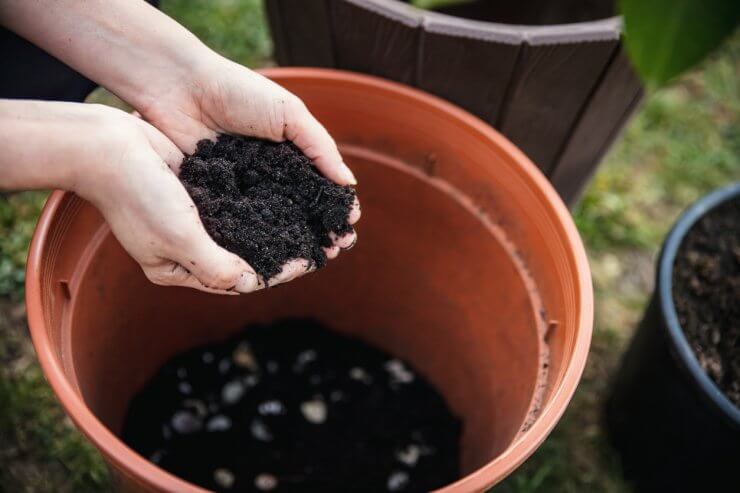
Soil for potted kumquat
Healthy kumquat trees start with great soil in which to grow them. The great thing about growing kumquat trees is that they don’t much care about the pH of your soil, although the ideal pH is between 6.0 and 7.0. The only thing your kumquat trees really care about when it comes to soil is that it’s well drained. If you live by the ocean, kumquat trees can be a tolerant seaside companion—but keep them out of the wind.
When it comes to companion planting, kumquats can benefit by having other citrus trees nearby—as long as they each have lots of space to branch out. If you plant your trees outside, you can plant peas and alfalfa nearby; they release nitrogen into the ground, and your kumquat trees will eat it right up!
Kumquat trees can be prime targets of insect pests, but you can plant marigolds, petunias, and borage nearby, and they will help act as natural pest deterrents. You can also enlist some other plant helpers:
- Yarrow, dill, and fennel attract lacewings and ladybugs, which love to eat aphids.
- Lemon balm, parsley, and tansy will attract tachinid flies and wasps to feast on harmful caterpillars.
There’s one key plant you want to keep away from your kumquat trees if you don’t want to deal with aphids: nasturtium. Nasturtium is an aphid magnet. You might want to plant some fennel (see our Fennel Collection) for some home-grown protection for your kumquats.
What type of soil do you use to grow your kumquat trees? Do you use other plants to help repel pests? What are your best tips for creating the ideal situation for your kumquats? Please share your techniques with us.


 Previous
Previous

